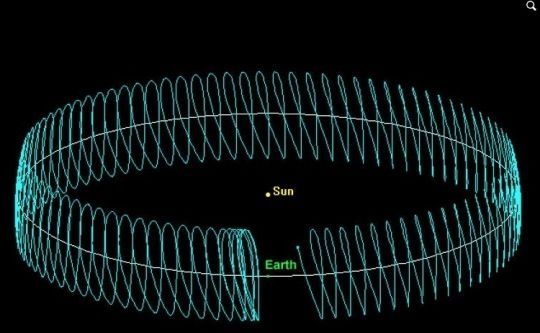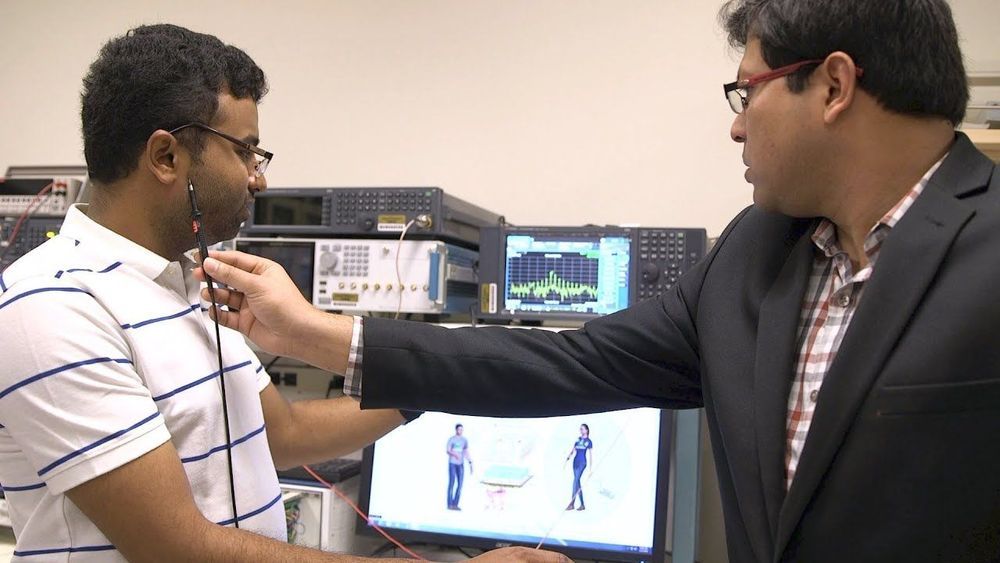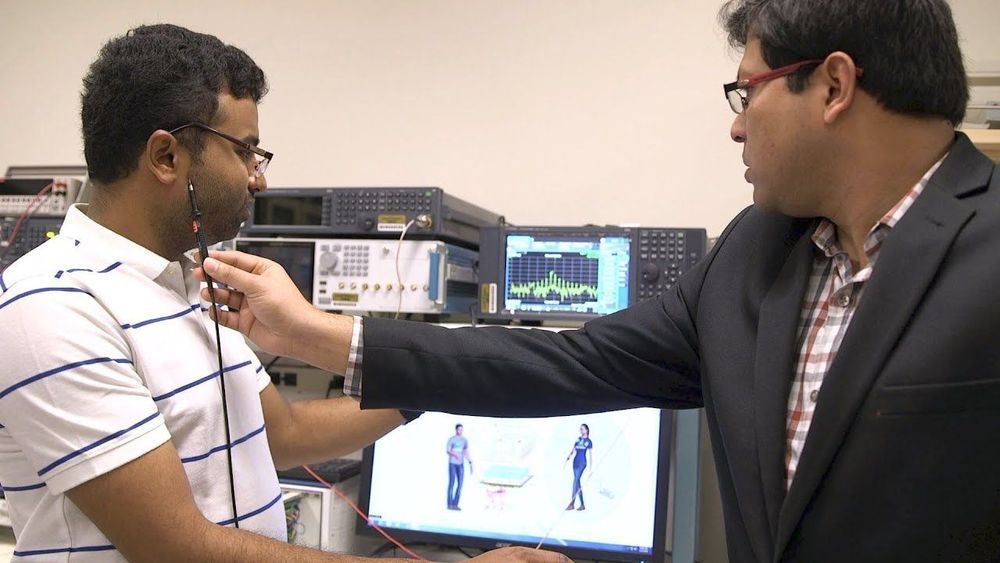Apr 8, 2019
This Neural Implant Accesses Your Brain Through the Jugular Vein
Posted by Quinn Sena in categories: biotech/medical, computing, neuroscience, security
A permanent neural implant that reads brain activity and churns out text could prove to be a valuable medical tool, but it also could provide doctors with an unprecedented 24/7 stream of neural data.
Oxley recognizes that an endless feed of brain activity could be invaluable to medical researchers, but he doesn’t have plans to tap into that yet.
“[The Stentrode is] going to show us information that we hadn’t had before. Whether that helps us understand other things is not what we’re trying to do here,” he said, clarifying that Synchron’s primary goal is to get the new brain-computer interface working so that it can help paralyzed patients. “This is a novel data set, but this raises questions around privacy and security. That’s the patient’s data, and we can’t be mining that.”
Continue reading “This Neural Implant Accesses Your Brain Through the Jugular Vein” »


















